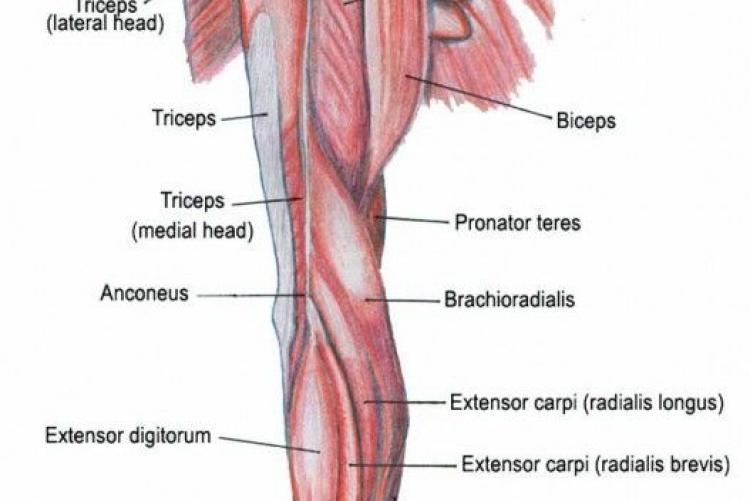Functions of the muscular system 1. Locomotion 2. Vasoconstriction and vasodilatation-
constriction and dilation of blood vessel Walls are the results of smooth muscle contraction.
3. Peristalsis – wavelike motion along the digestive tract is produced by the Smooth
muscle. 4. Cardiac motion 5. Posture maintenance- contraction of skeletal muscles
maintains body posture and muscle tone. 6. Heat generation – about 75% of ATP energy
used in muscle contraction is released as heat. Copyright © 2004 Pearson Education, Inc.,
publishing as Benjamin Cummings Striation: only present in skeletal and cardiac muscles.
Absent in smooth muscle. Nucleus: smooth and cardiac muscles are uninculcated (one
nucleus per cell), skeletal muscle is multinucleated (several nuclei per cell ). Transverse
tubule ( T tubule ): well developed in skeletal and cardiac muscles to transport calcium.
Absent in smooth muscle. Intercalated disk: specialized intercellular junction that only
occurs in cardiac muscle. Control: skeletal muscle is always under voluntary control‚ with
some exceptions ( the tongue and pili arrector muscles in the dermis). smooth and cardiac
muscles are under involuntary control. Copyright © 2004 Pearson Education, Inc., publishing
as Benjamin Cummings Innervation: motor unit a) a motor nerve and a myofibril from a
neuromuscular junction where gap (called synapse) occurs between the two structures. at the
end of motor nerve‚ neurotransmitter (i.e. acetylcholine) is stored in synaptic vesicles which
will release the neurotransmitter using exocytosis upon the stimulation of a nerve impulse.
Across the synapse the surface of myofibril contains receptors that can bind with the
neurotransmitter.

